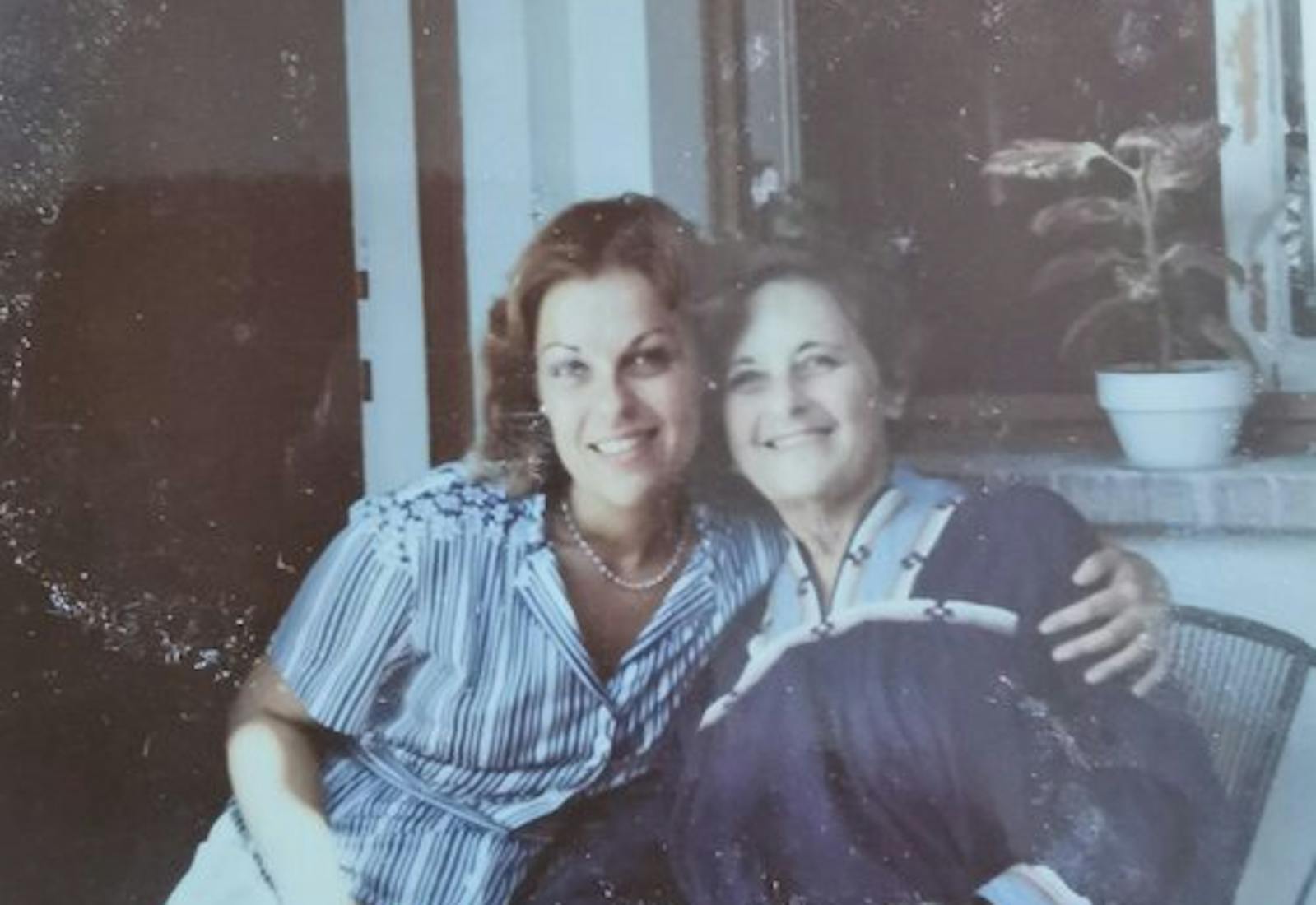Shared by Ahuva Passow-Whitman


Each year, before Simchat Torah, the fall holiday that marks the conclusion and restart of the reading of the Torah, Ahuva Passow-Whitman sends an email to her family. “I ask them to please make the kugel and keep the tradition alive,” she explains. The kugel she’s referring to is, in her own words, not precisely a kugel. It’s closer to a strudel, filled with apples and rice. And, it’s how the family has always marked the holiday, which is celebrated just after Sukkot.
The uncommon combination of apples and rice, Ahuva believes, likely has roots in Galicia, a region of Poland and Ukraine, where her mother’s family lived before immigrating to the United States. Twenty or so years ago, Ahuva asked the family’s last surviving relative from Poland if she recalled having this recipe in Perehensko, a town where the family was from that seems have to be erased from maps. It sounded familiar but she couldn’t be sure. “She and her late husband were on the run throughout the entire war,” Ahuva explains. “She said ‘so many things left my mind and my memory.’”
Regardless of the recipe’s provenance, it was a family tradition when Ahuva was growing up first in New York City, then when they moved to Memphis for a few years, and later in Israel where the family settled. It was served alongside stuffed cabbage for the holiday by her mother Clara. Born in the U.S. in 1914, Clara was a gifted cook and baker, even baking a five layer cake for Ahuva’s uncle’s wedding.
Clara grew her cooking repertoire by watching a television series with Dione Lucas, an English cook who was the first woman to graduate from Le Cordon Bleu. She shared her recipes and other homemaking tips on an English-language radio program on a Yiddish radio station in New York. And, when the family moved to Israel in 1959, Clara started to swap recipes with a Yemenite neighbor. “The two women were always exchanging recipes,” Ahuva recalls.
Ahuva learned to cook in the kitchen with her mother, but somehow never learned to make the Simchat Torah kugel when she was little. Thirty-five years ago, Ahuva says, “I realized as, my mother was dying, maybe three or four days before she passed away… it hit me that I don’t have a recipe for this kugel.”
Ahuva asked Clara to dictate the recipe to her. Well versed in dictating recipes from her days on the radio, her mother obliged: “That was the last thing I got from her — that legacy.”
